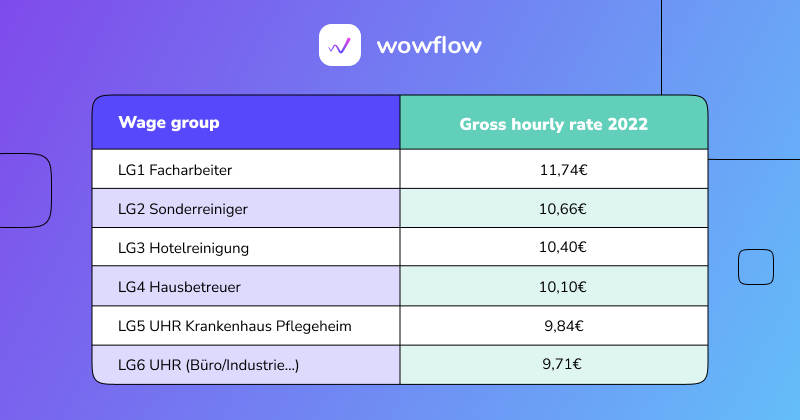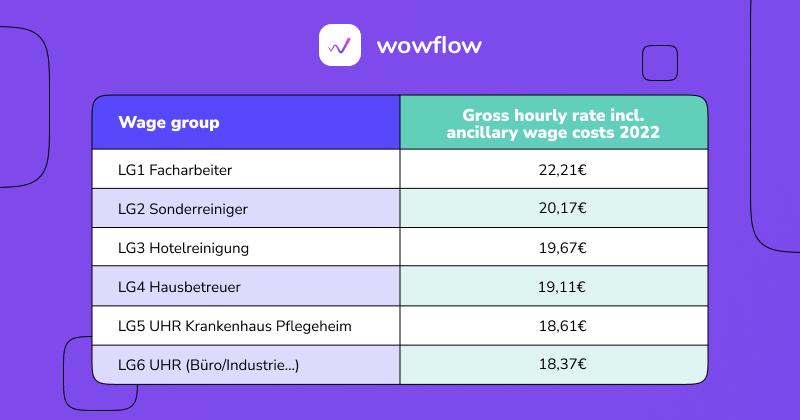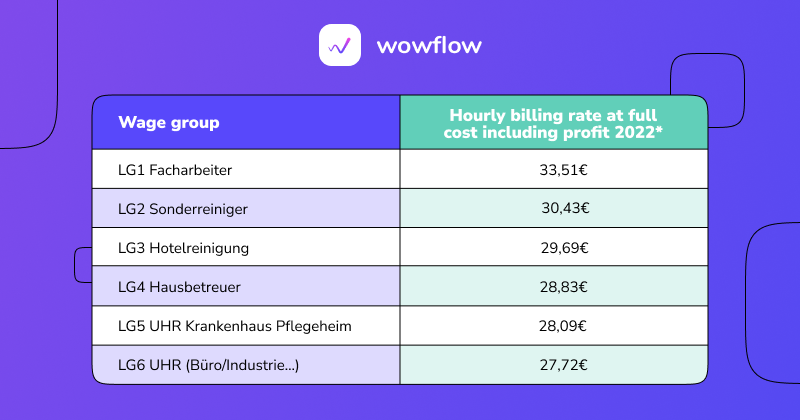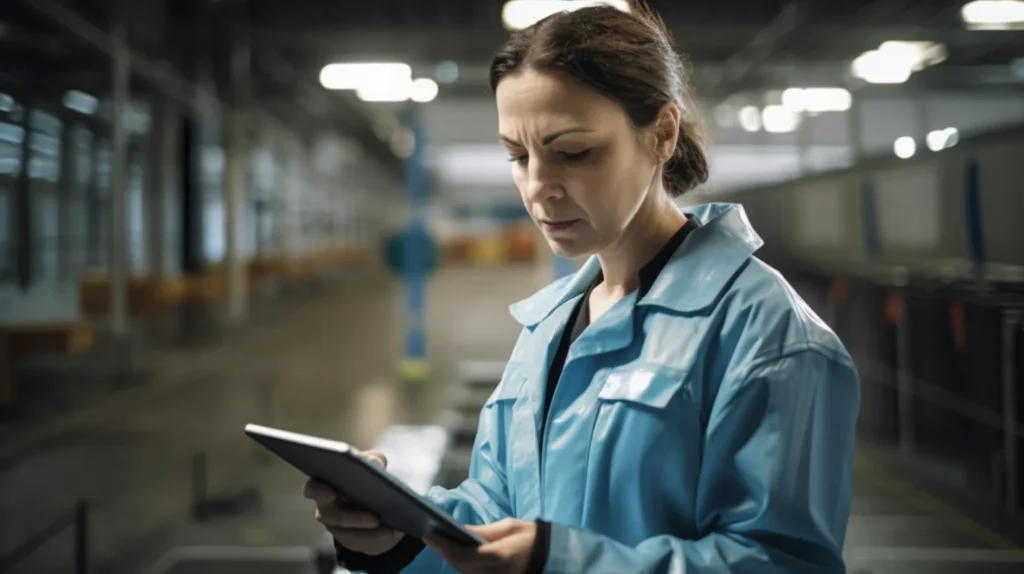Dumping rates and the cleaning industry are – unfortunately – closely linked. One cleaning company wants to be cheaper than the other. How do the service providers that pursue this strategy ultimately earn their money? With the hours, their staff does not spend working. Only when the employees are faster than originally offered, the service provider really earns money. Everything else is just covering fixed costs – if at all.
The consequences of this strategy: high staff turnover and no competitiveness. The former because the staff is constantly under pressure to work even faster, but is not paid better for it. Nobody likes to work under these conditions. The second is because this strategy is a kind of gamble: there is no certainty that it will really work. This can result in a bad ending.
Three points you should keep in mind when calculating the hourly rates of your cleaning staff
We’ve identified the problem – that’s the first step in the right direction. But the question now is: How do you avoid the strategy around dumping hourly rates? And how do you calculate in such a way that your cleaning staff on the one hand and your bank account on the other are happy – in the long term? Another important question in this context: What does it mean to calculate hourly rates “correctly”? In our opinion, three points should be in the focus of the “right” calculation:
- Legal compliance
- Profitability
- Competitiveness
Hourly rate calculator for cleaning companies provided by WKO Austria
To solve the problem described above, the Austrian Chamber of Commerce (WKO) provides us with a perfectly prepared Excel spreadsheet: the hourly rate calculator.
Before we take a closer look at the WKO calculation, it is important to know that the basis of any hourly rate of cleaning staff in Austria HAS TO be the Kollektivvertrag (KV) für Denkmal-, Fassaden- & Gebäudereinigung (collective agreement). If you follow it, you are definitely not violating the law. The “Kollektivvetrag” also defines the so-called wage groups:

Based on the wage groups, it is clear that it matters what is cleaned.
The point now, however, is that the gross hourly rates listed above DO NOT INCLUDE ANCILLARY WAGE COSTS!
This is where it gets interesting, because according to the calculation of the WKO, in order to cover the non-wage costs, 89.17% (5 weeks vacation per year) or 93.75% (6 weeks vacation per year) must be added to the gross hourly rate. This means the following for the different wage classes:

ATTENTION: Our calculation still does not end here!
Because now material costs, equipment costs, object manager costs, branch costs, overhead costs and – very important for a profitable business – the profit (5%) and the entrepreneurial risk (1.5%) are still missing. Only after all these items have been added as percentages to the hourly rates we reach our goal: the final hourly rate at full cost, including profit. And these rates look like this:

The calculation of the hourly rates of your employees in the cleaning industry is not that simple, is it? Take the time and deal with this topic sufficiently in order to be able to survive on the market in the long term.
Communicate openly and honestly with your customers
Our recommendation: Be as transparent as possible regarding the calculation of your team’s rates. Especially your customers will often not be aware of the calculations behind your prices. A clarifying conversation or possibly an Excel sheet on your website can help to create understanding for your pricing.
However, the surest way to get approved by (potential) clients is to deliver high quality services. Strengthen your position on the market not by offering the lowest possible prices, but by offering the highest quality. However, we are aware of the fact that in “the real world” the recommended method of calculation by the WKO cannot always be implemented 100 percent. For this reason, it is even more important to work with software and tools that save time and help with customer acquisition. Competitiveness is thus guaranteed. Our customer MTR Cleaning was even able to increase its revenue by 20 percent with the help of Wowflow. Read the full success story here.
Sign up for a free demo call and we’ll let you know about the most profitable practices in the cleaning industry!



